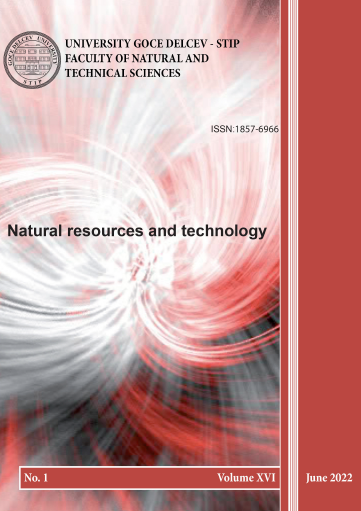SELF-HEALING TIME ESTIMATION OF ABANDONED MINE AREAS USING REMOTE SENSING
DOI:
https://doi.org/10.46763/NRT22161069kKeywords:
Mine, remote sensing, environment, Landsat, annual growth rateAbstract
Lately, remote sensing has been an effective tool for monitoring the Earth and environmental changes. Landsat with its legacy is providing available data for time-based researches. The aim of this paper is to estimate the time of self-healing progress of an abandoned mine area using Landsat satellite images. In this study, five Landsat satellite images were used. As a study area, the abandoned Damjan mine in the southeastern part of the Republic of N. Macedonia has been chosen. Normalized Difference Vegetation Index (NDVI) and Normalized Difference Water Index (NDWI) values were used to classify Landsat images into barren land, bared soil, mixture of vegetation, vegetation, and water bodies. The NDVI values lower than zero are considered to be the area affected by the mine. The healing of the mine has been established using annual growth rate analysis. It was found that the area has been healing approximately 10 % every year and a prediction was made for the study area till the year 2030.

.png)

